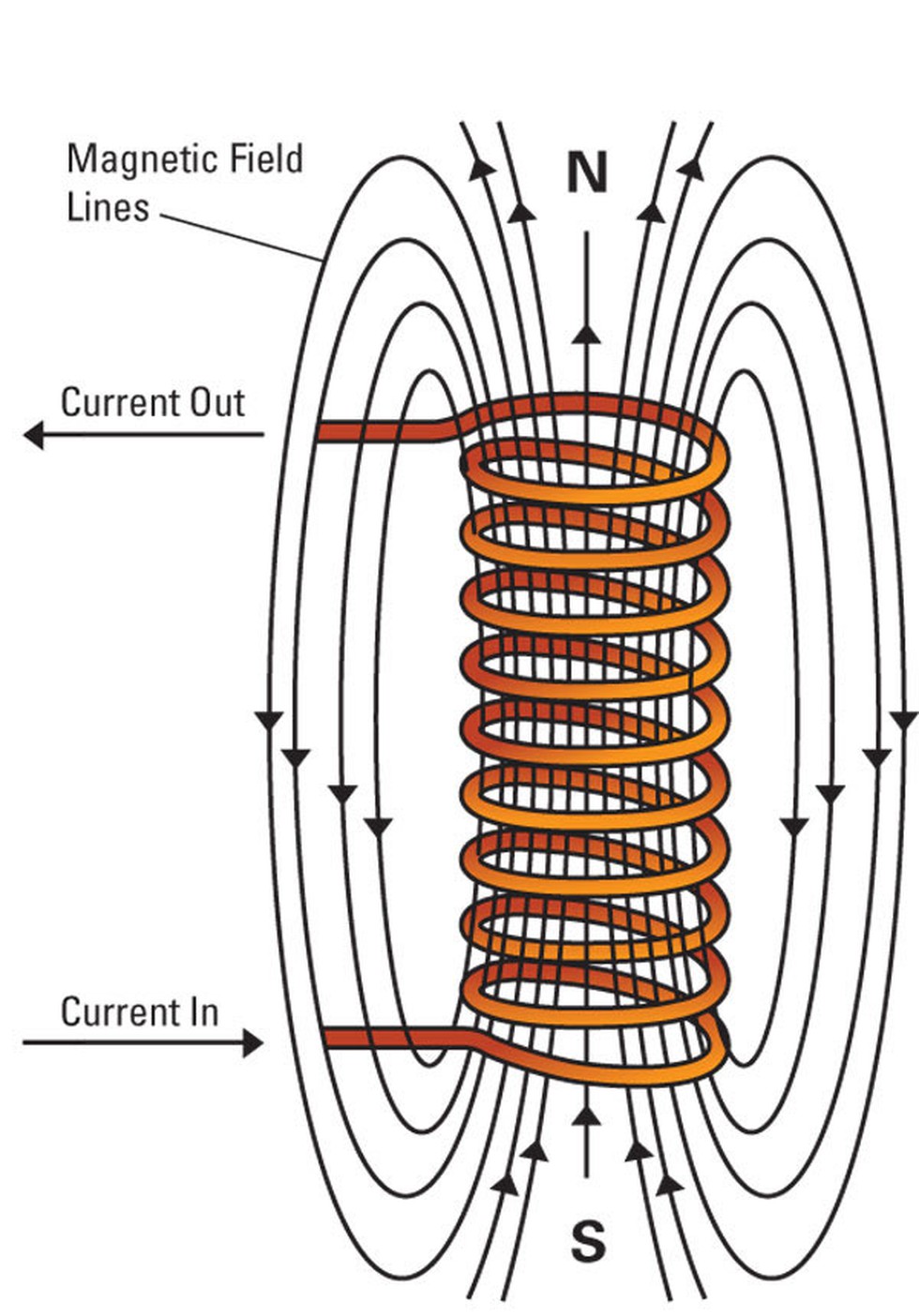About:
- Electromagnets are devices that produce a magnetic field when an electric current flows through a coil of wire.
- The magnetic field is concentrated in the hole of the coil. The strength of the magnetic field can be controlled by adjusting the electric current. When the current is turned off, the magnetic field disappears.
- Construction and Materials: Electromagnets typically consist of a coil of wire wrapped around a magnetic core made of ferromagnetic materials like iron. The magnetic core enhances the strength of the magnetic field by aligning the magnetic domains within the core.
Properties and Advantages:
- Electromagnets can be turned on and off by controlling the electric current.
- They are more powerful than permanent magnets because the magnetic field can be amplified by the magnetic core.
- Electromagnets are widely used in various devices such as motors, generators, MRI machines, and magnetic separation equipment.
Applications:
- Electromagnets are used in various industries for tasks like lifting and moving heavy metal objects, sorting materials, and generating motion.
- They are also used in medical settings for imaging and in consumer devices like electric doorbells and card readers.
Disadvantages:
- Electromagnets require a continuous supply of electric power to maintain their magnetic field.
- They are less efficient than permanent magnets in terms of energy usage.
